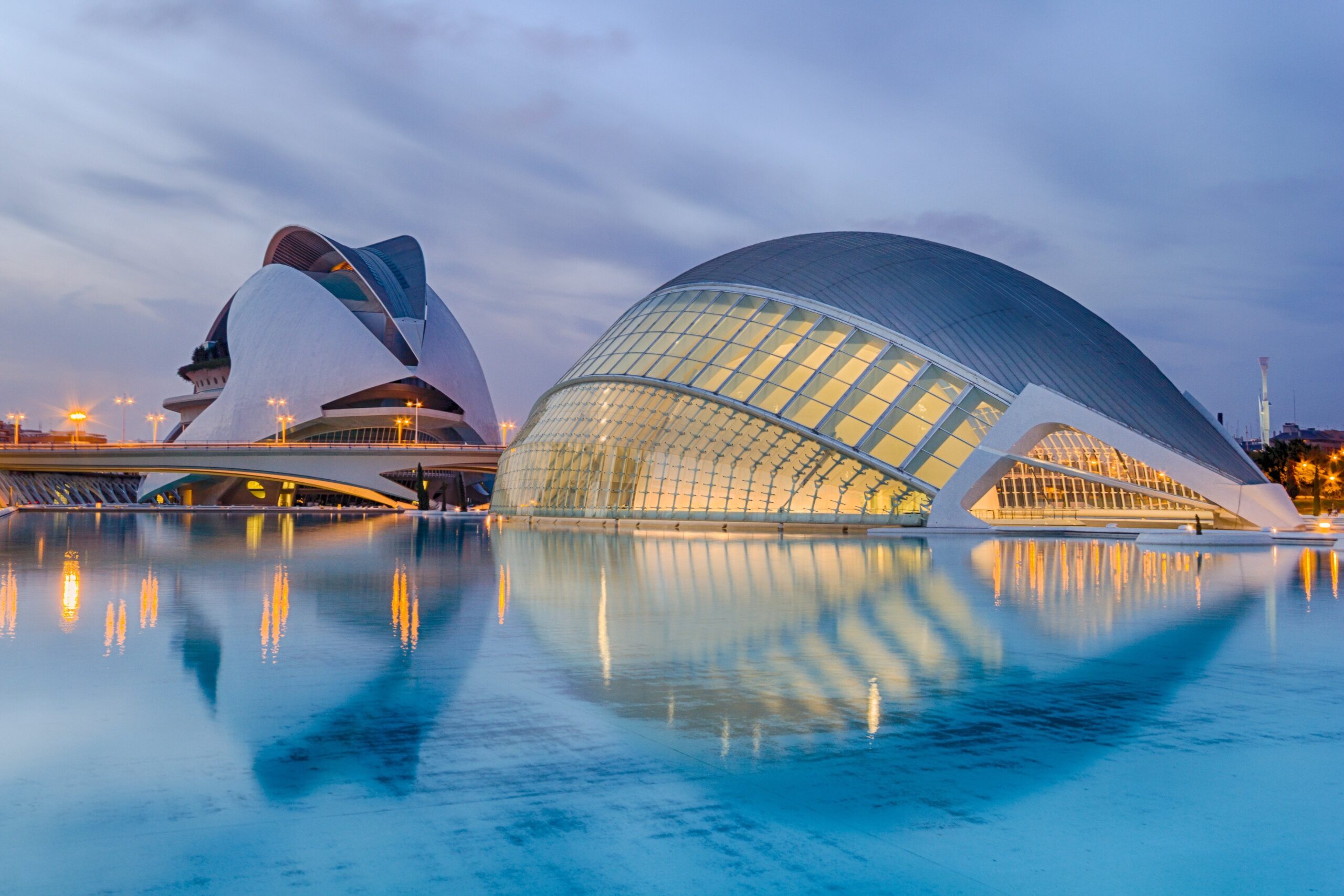Types of Shading Devices
- Louvers
- Sunshades
- Overhangs
- Brise Soleil
- Screens
- Awning
What is Brise Soleil in architecture, and how do we use it?
Brise Soleil, meaning “sun breaker” in French, is a type of shading device which is used for covering windows, openings, or sometimes the entire façade of the building. It acts as a shading device and helps to reflect or limit direct sunlight inside the building. It completely makes sense that we don’t need too much direct sunlight inside the house because it increases the interior temperature of the building and makes us uncomfortable. For the sake of comfort, low cost of cooling, and other benefits, we prefer brise soleil. It controls these things and creates an ambient environment inside.
History of Brise Soleil in architecture
It is not new. In the ancient period, many traditional methods were used to cut down the sun. Throughout history, people have tried to balance out the need for direct sunlight in the interior. The Colosseum in Rome had awnings that were expanded over the seats of the public to provide shade. In Hindu architecture, “jaalis” were used over windows. These jaalis were created from different materials and had different patterns on them. They filtered sunlight by allowing only a small amount of light to pass through themselves. Because of these jaalis, the interior stayed nice and cool. As an additional design feature, those patterns from jaalis block the sun and create incredible shadows of geometric patterns cast on the floors or walls.
In Japan, people also developed ways of cutting down on sunlight. They used “sudare“, a kind of blind, which was made from splits of bamboo that hung from the edges of the houses. These horizontal sudare block direct sunlight, and they can be rolled up when there is no direct sunlight.
Benefits of installing Brise Soleil in any Building.
- It improves the quality and appearance of natural light and maintains a comfortable temperature inside the building.
- It can be manufactured with a variety of finishes and can be customized with any color.
- It is durable, stable, and has a low-maintenance method for climate control.
- It allows occupants an uninterrupted view of the outside without a distracting, unpleasant glare from the sun.
- It can help to conserve energy resources, so occupants can have a smaller carbon footprint.
Examples Brise Soleil in Architecture
- City of Arts and Sciences, Valencia, Spain
- The New York Times Building, New York, USA
- Gustavo Capanema Palace, Rio de Janeiro, Brazil
- Robotics and Mechatronics Center, Webling, Germany
- Curutchet House, La Plata, Argentina











